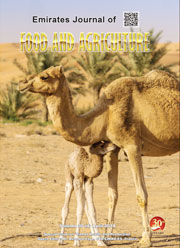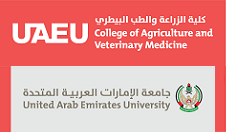USING OF DATE PALM FIBER MIXED WITH OTHER LIGNOCELLULOSES TOWARD PLEUROTUS OSTREATUS (HIGHER BASIDIOMYCETES) CULTIVATION
DOI:
https://doi.org/10.9755/ejfa.184440Keywords:
bio-recycling, cellulosic residues, cultivation, date palm wastes, oyster mushroomAbstract
Based on the availability of agro-wastes materials like wheat straw (S1), white sawdust (S4), date palm fiber (S5) and their combinations S2 (70% wheat straw, 20% white sawdust and 10% date palm fiber) and S3 (50% wheat straw, 30% white sawdust and 20% date palm fiber); cultivation of oyster mushroom Pleurotus ostreatus was successful thereof. The longer mycelium complete time within bags was 17 days on sawdust (S4), in contrast, the short time for mycelium overgrew was completed after 13 d on S3. In significant (P <0.05), S2 was given the higher growth intensity level than other substrates at 3rd level (vigorous mycelial growth), while the S3 showed 2nd level (moderate) as a less growth intensity level. Conversely, lesser time for primordial formation of P. ostreatus was outreach one week on S3 which given best flushes number (four) compared as other substrates (1-3 flushes). Also, the best total yield was harvested 204.28 g bag-1 with biological efficiency 51.78% from S3, whereas S4 showed the poorer yield only 12.5 g bag-1.










 .
. 